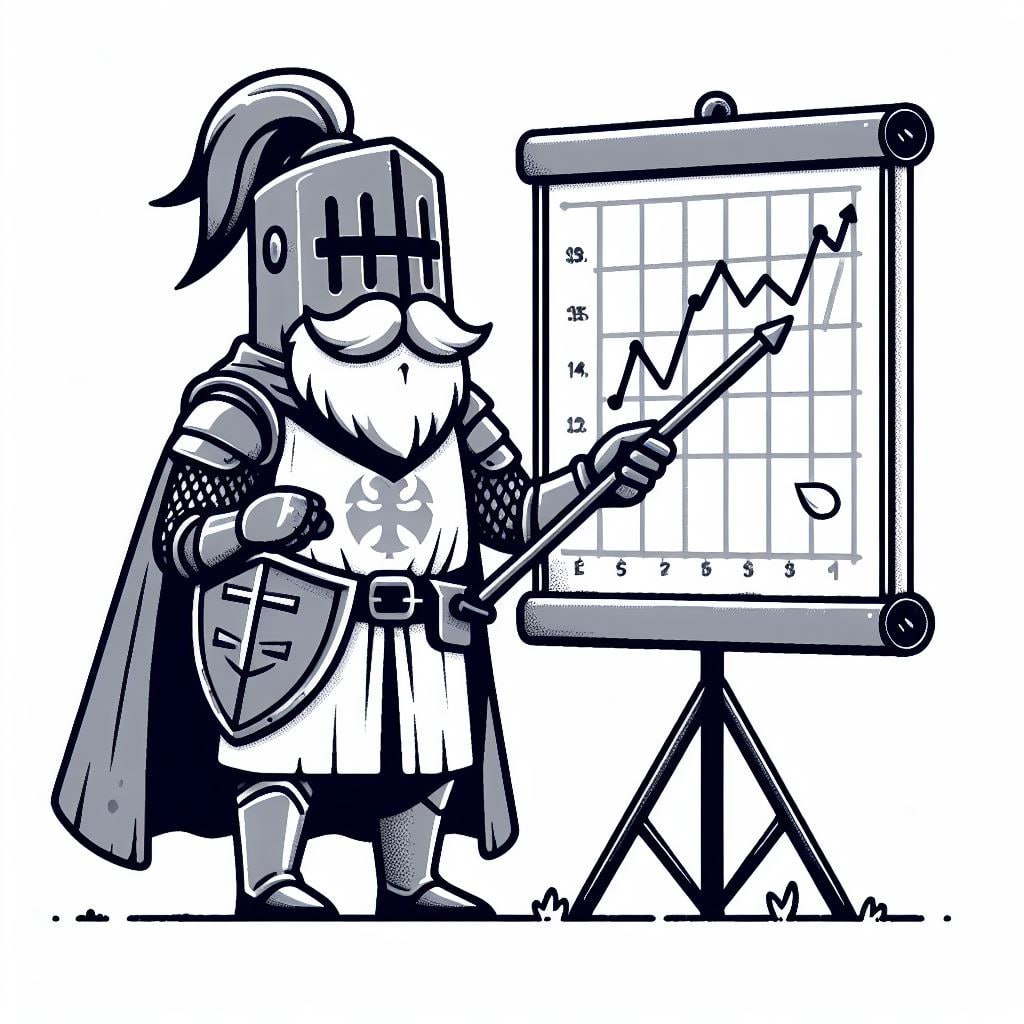Silver Prices have risen remarkably, rising almost 10% in the past week to the highest level in three years. Silver’s rising trajectory, which is currently at an all-time high of $27.25 US an ounce, is directly linked to the recent spike in gold prices, which have topped $2,300 US an ounce. Amid geopolitical tensions in places like the Middle East and Ukraine, central banks have been increasing their holdings of gold as a safe haven asset, which has boosted the precious metals market.
Analysts claim that because of the current bullish attitude around gold, silver is also benefiting significantly from price increases in both metals. This outlook is supported by the Silver Institute, which predicts sustained high demand for silver throughout the year. In fact, the institute projects that in 2024, silver demand will reach its second-highest level ever, and silver supply will continue to fall short for the fourth year in a row.
One key factor driving silver’s rally is a technical breakout above the crucial resistance level of $25 U.S. an ounce. Analysts believe that this breakout has contributed to renewed investor interest in silver, propelling its price higher.
While silver’s current price surge is impressive, it is worth noting that the metal’s all-time high of $48.70 U.S. per ounce was reached in the late 1970s. While analysts do not expect silver to reach such lofty levels in the near term, many see the $30 U.S. mark as a viable target.
It is unclear if the current upward momentum in silver prices, which has been driven by favorable market conditions and rising investor demand, can continue. Given the persistent geopolitical unpredictability and optimistic demand forecasts, silver might keep rising in the next months. To determine whether silver’s rising trend can continue, investors should be on the lookout for any changes in the market.
Silver Prices and the Gold Silver Ratio
The gold-silver ratio is a metric used by investors to compare the relative value of gold to silver. It measures how many ounces of silver it takes to buy one ounce of gold.
To calculate the gold-silver ratio, divide the current price of gold per ounce by the current price of silver per ounce. For example, if gold is trading at $2,000 per ounce and silver is trading at $25 per ounce, the gold-silver ratio would be 80 (2000/25 = 80).
A common measure of market mood and economic stability is the gold-to-silver ratio. A larger ratio denotes a positive or bearish feeling toward gold and indicates that gold is disproportionately pricey relative to silver. On the other hand, a smaller ratio implies that silver is more expensive than gold, reflecting either a positive or bearish emotion toward silver.
Historically, the gold-silver ratio has fluctuated widely. In ancient times, it was around 10:1, meaning one ounce of gold could buy 10 ounces of silver. However, in modern times, the ratio has typically ranged between 15:1 to 100:1, with significant fluctuations driven by various factors such as economic conditions, investor sentiment, and supply-demand dynamics for both metals.
Some investors use the gold-silver ratio as a tool for trading strategies. For example, when the ratio is high (indicating that gold is relatively expensive compared to silver), some investors may choose to sell gold and buy silver, betting that silver prices will outperform gold prices in the future. Conversely, when the ratio is low (indicating that silver is relatively expensive compared to gold), some investors may choose to sell silver and buy gold.
Overall, while the gold-silver ratio is just one of many metrics used by investors to analyze precious metals markets, it provides valuable insights into the relative value of gold and silver and can help inform investment decisions in these commodities.
Shayne Heffernan









